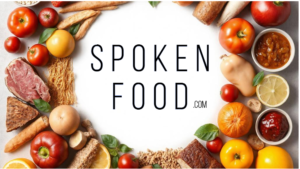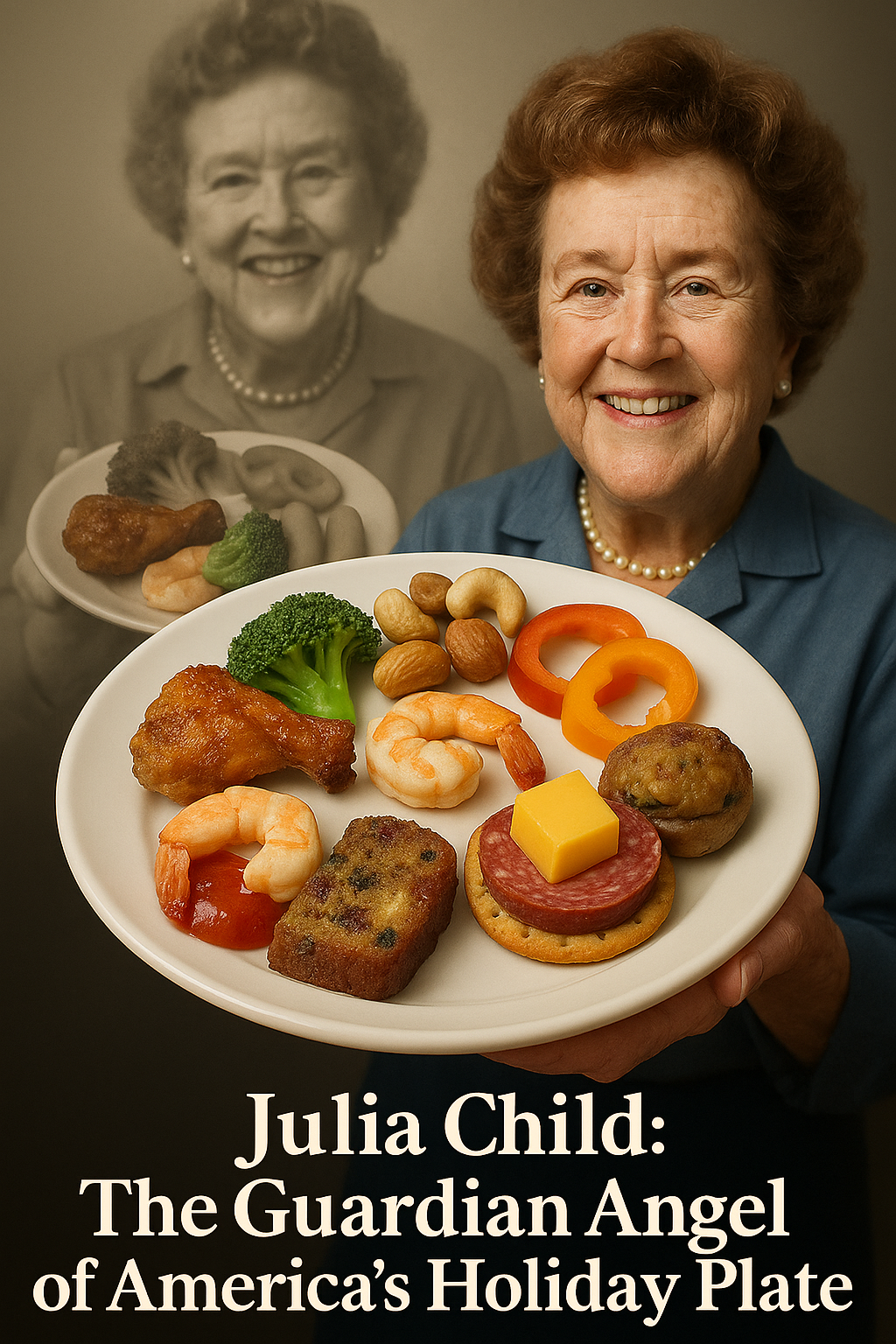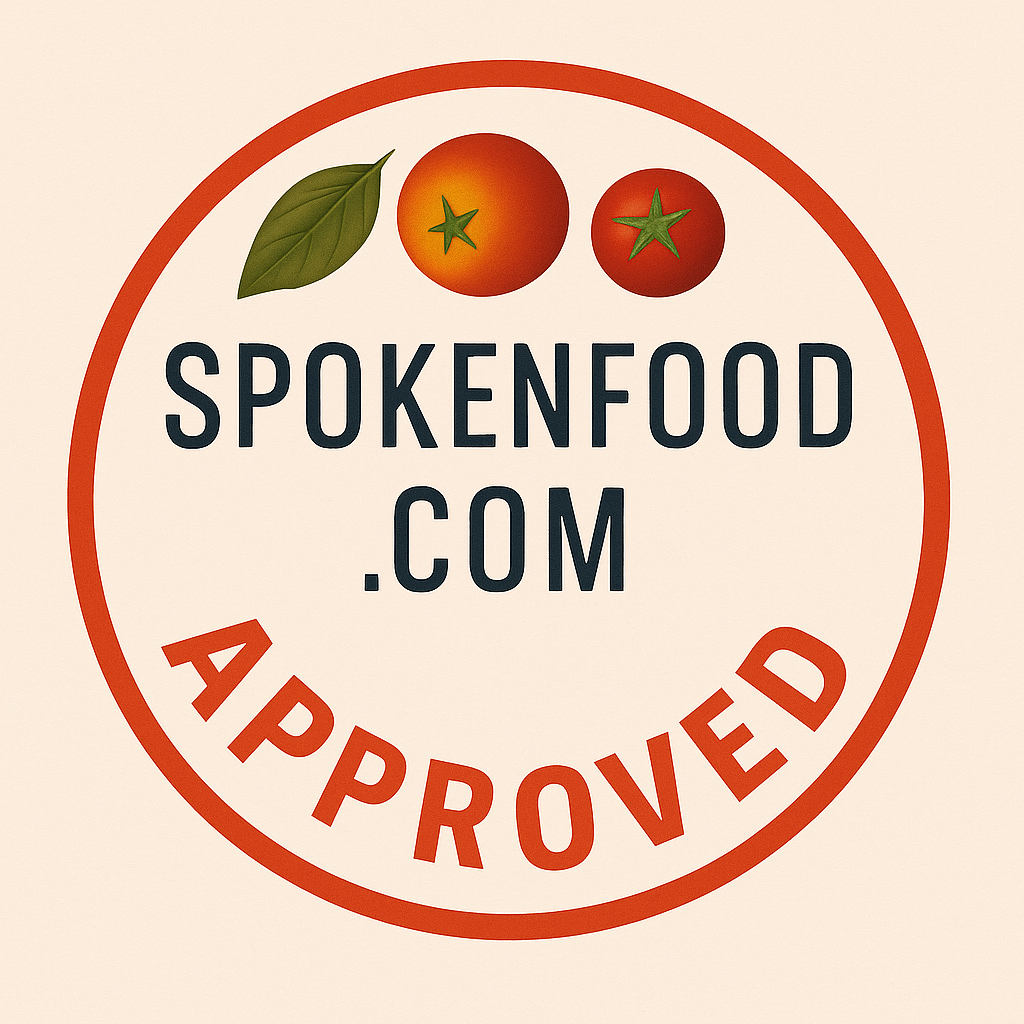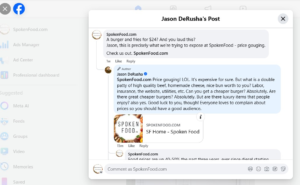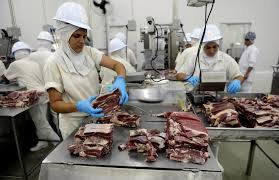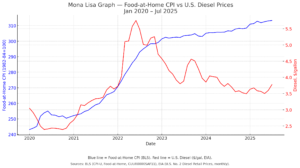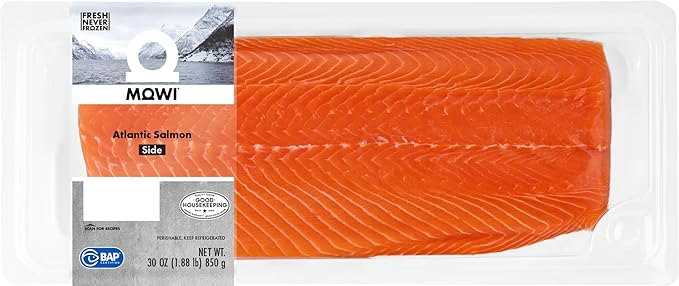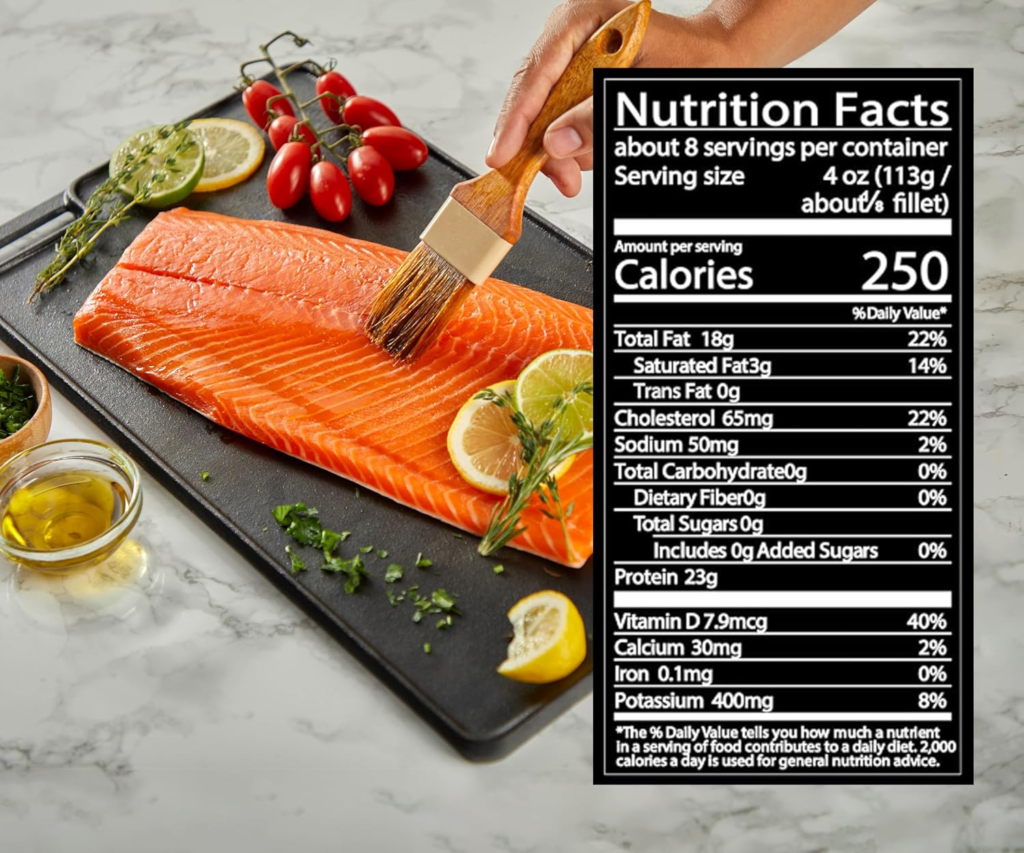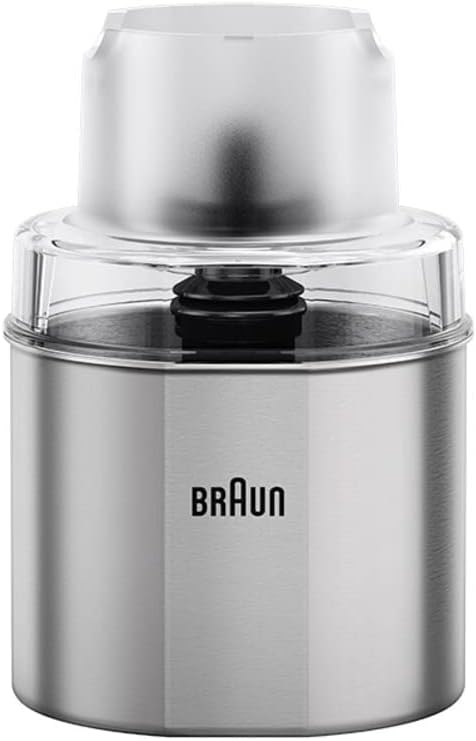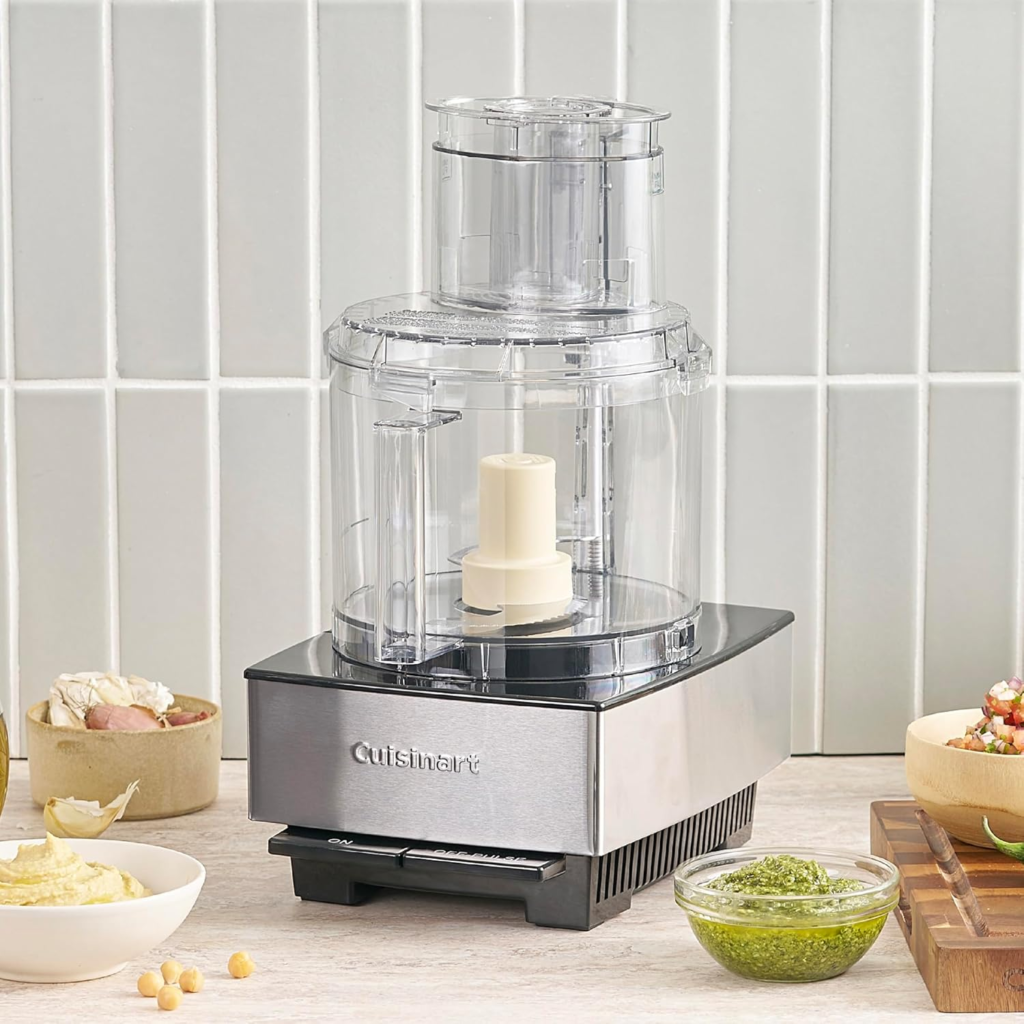🍫✨ National Mousse Day (November 30)
Long before it became the star of elegant dinner parties and holiday tables, mousse — both savory and sweet — began as a French culinary technique: a whipped, aerated mixture meant to be impossibly light, smooth, and luxurious. The word itself literally means “foam.” By the 18th century, French chefs were whipping egg whites, cream, and chocolate into airy desserts, creating what we now know as mousse au chocolat. Meanwhile, savory mousses — cousins to pâté (pronounced pah-TAY) — were gracing aristocratic tables in the form of delicate fish, meat, and vegetable spreads. From Parisian bistros to modern American kitchens, mousse evolved into a kind of culinary magic trick: rich yet weightless, decadent yet simple. 🍮🇫🇷
But today, National Mousse Day lands right in the peak of the holiday season — which makes it the perfect moment to celebrate the broader family of silky spreads and spoonable indulgences. Think pâté, the beloved French appetizer that dates back to medieval Europe, originally used to preserve meats long before refrigeration. Rustic pâté de campagne fed farmers and travelers, while refined liver pâtés and terrines showcased the height of French charcuterie. Even mushroom pâtés became a staple for cooks seeking earthy, meatless richness. And on the sweeter side of the table, chocolate mousse remains one of the great “easy but impressive” desserts — a holiday lifesaver that looks chef-made but comes together in minutes. 🍄🍗🍫
So today we honor the full spectrum: the savory spread on toasted baguette at a holiday party, and the chocolate cloud served after dinner that makes guests go quiet for a moment. Mousse, in all its forms, proves something simple: texture is a pleasure all its own. And in the heart of the holidays, few things comfort more than something smooth, rich, and made with care. ✨
🍗 Chicken Liver Pâté (Classic French-Style)
Ingredients:
- 1 lb chicken livers, trimmed
- 1 small onion, chopped
- 2 cloves garlic, minced
- 6 Tbsp unsalted butter, divided
- 2 Tbsp brandy or cognac
- ½ cup heavy cream
- ½ tsp salt
- ¼ tsp black pepper
- Fresh thyme (optional)
Directions:
- In a skillet, melt 3 Tbsp butter. Add onions and garlic; cook until soft.
- Add chicken livers and cook until barely pink inside (about 4–5 minutes).
- Deglaze with brandy and simmer 1 minute.
- Transfer mixture to a blender with remaining butter, cream, salt, and pepper. Blend until silky.
- Chill at least 2 hours. Serve with toasted baguette or crackers.
🍄 Mushroom Pâté (Vegetarian)
Ingredients:
- 1 lb mushrooms (cremini or mixed), chopped
- 1 small onion, diced
- 2 cloves garlic
- 3 Tbsp butter or olive oil
- 1 Tbsp soy sauce
- ½ tsp thyme
- ½ cup toasted walnuts or pecans
- Salt and pepper to taste
Directions:
- Sauté onions and garlic in butter until softened.
- Add mushrooms, soy sauce, and thyme; cook until deeply browned.
- Blend with nuts, adding salt/pepper to taste, until spreadable.
- Chill 1 hour for best texture. Serve with crackers or crostini.
🍫 Classic French Chocolate Mousse
Ingredients:
- 4 oz bittersweet chocolate
- 2 Tbsp butter
- 2 eggs, separated
- 2 Tbsp sugar
- ½ cup heavy cream
- Pinch of salt
- Whipped cream for serving
Directions:
- Melt chocolate and butter together; cool slightly.
- Whip egg whites with sugar until soft peaks form.
- Whip cream separately.
- Stir yolks into chocolate, fold in whites, then fold in whipped cream.
- Chill at least 1 hour. Serve with whipped cream and shaved chocolate.
Tip: Mousse gets even better the next day as the flavors deepen and the texture firms. Make ahead for an effortless holiday dessert.

